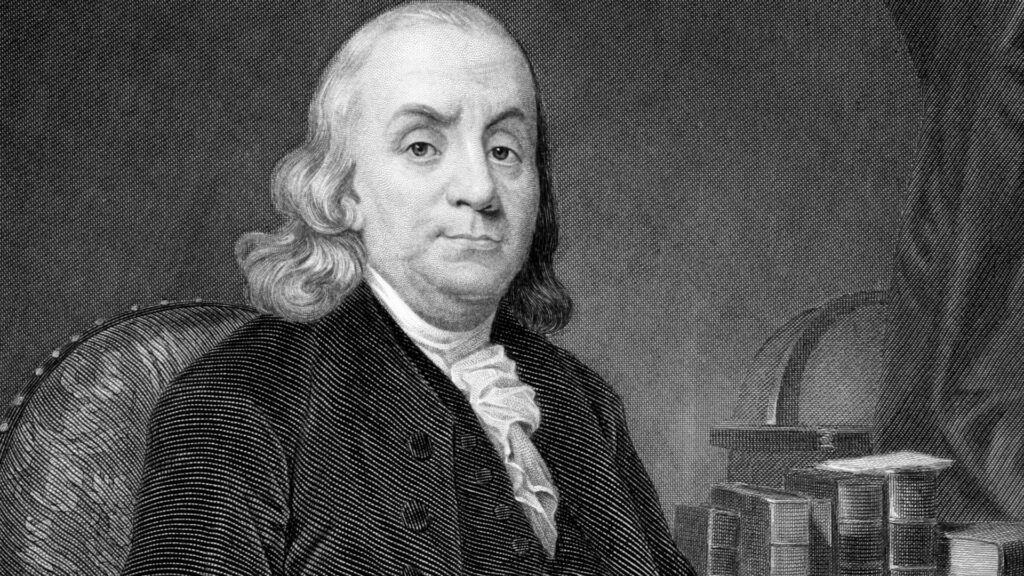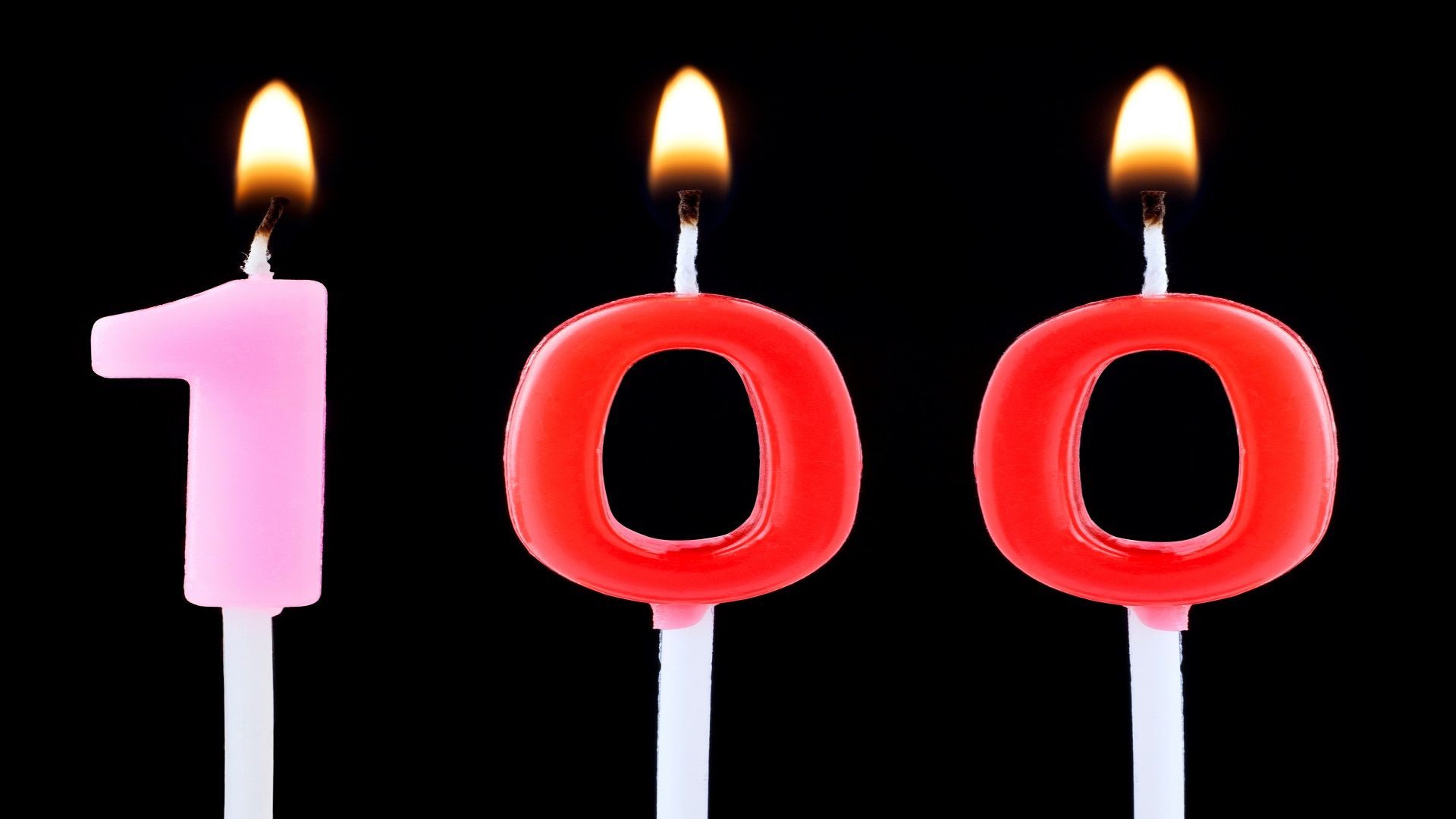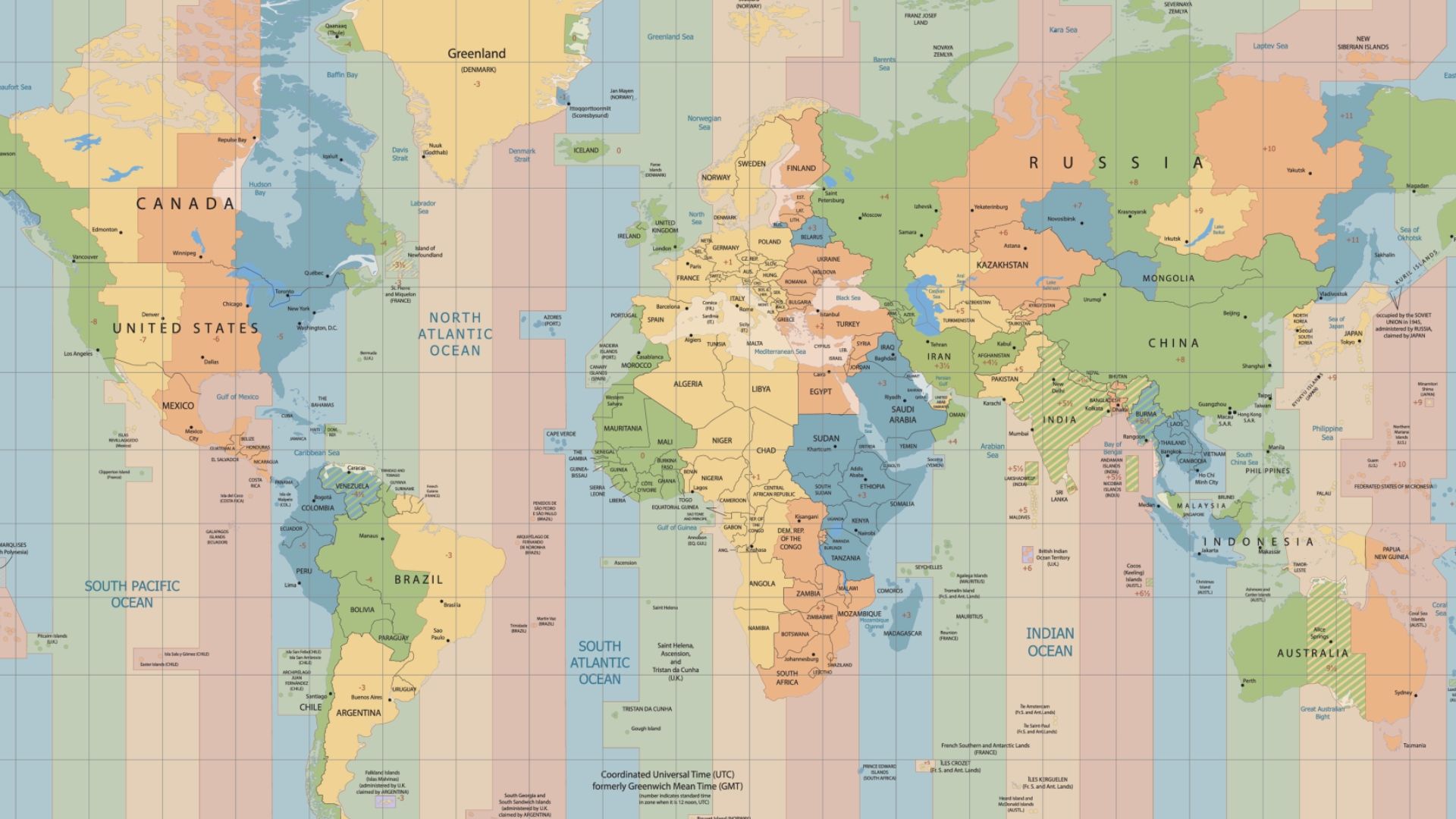At 2:00 a.m. this Sunday, November 3rd, we’ll turn the clocks back an hour, marking the beginning of Daylight Savings Time for 2020. Here are fun facts about the practice of “springing ahead” in March and “falling back” in November.

An Incarcerated Man’s Answered Prayer for a God-Given Life
He learned spiritual principles to overcome drug addiction and began to have a relationship with God at the helm.


















